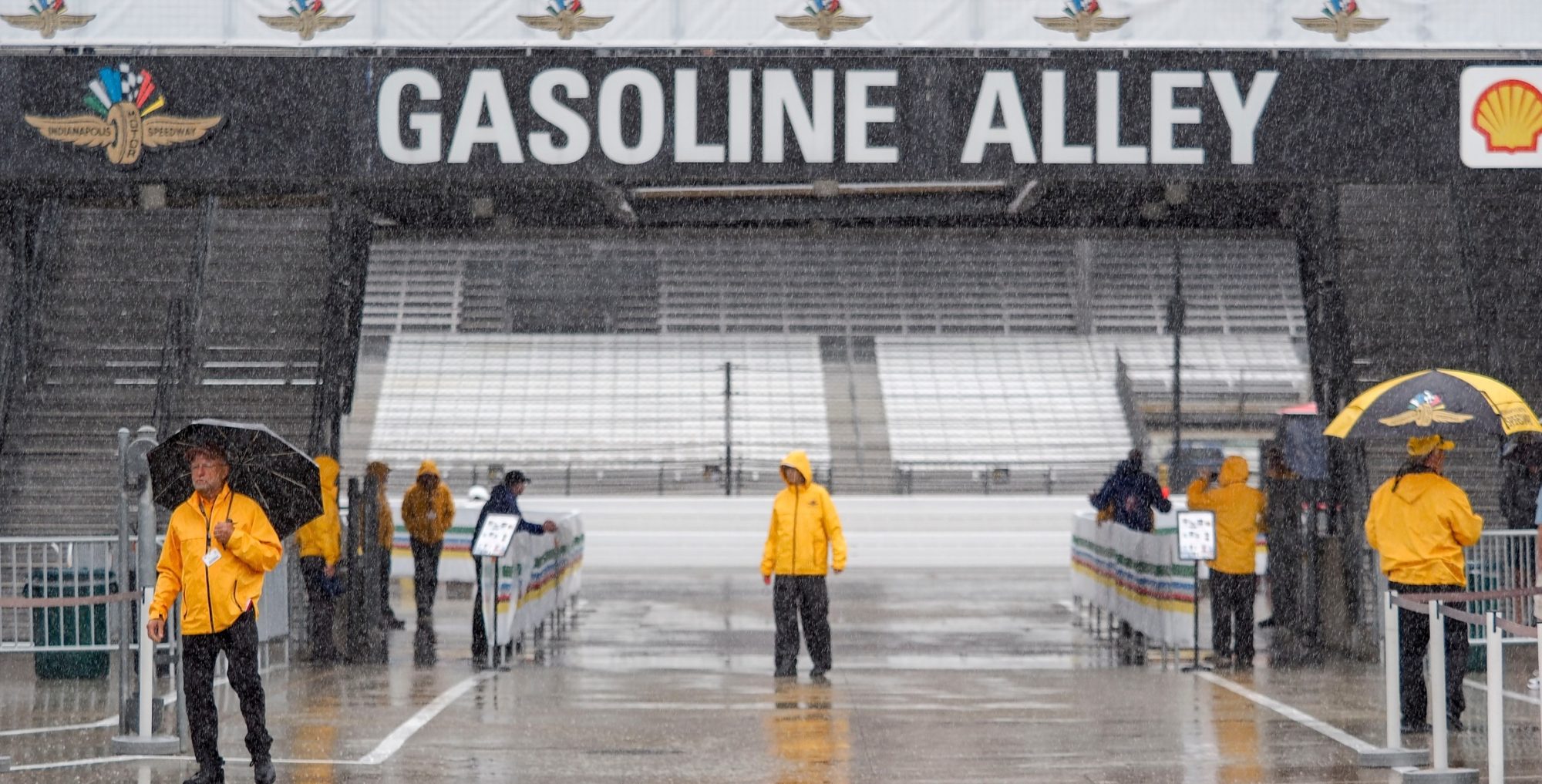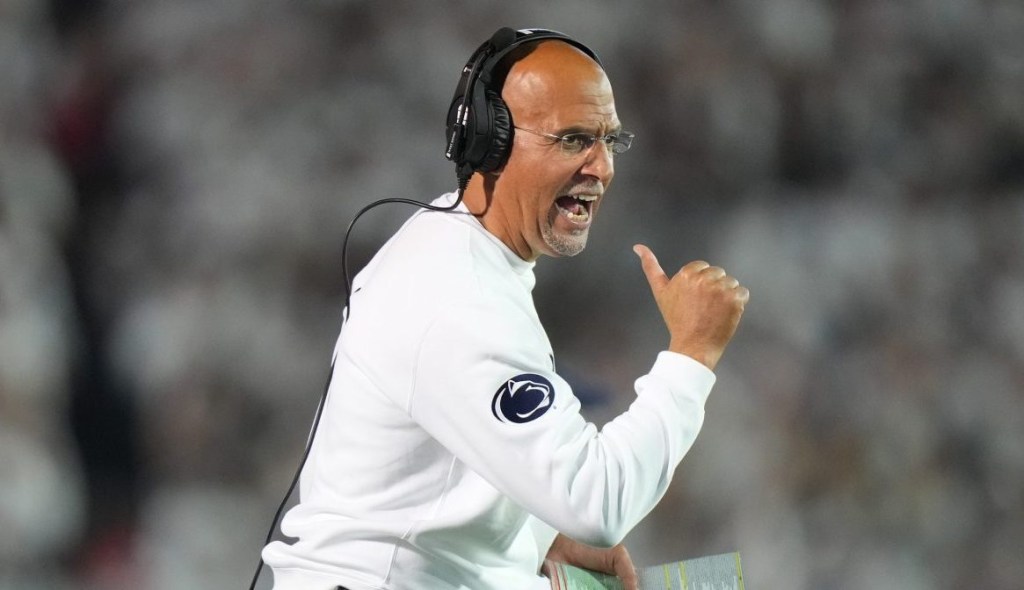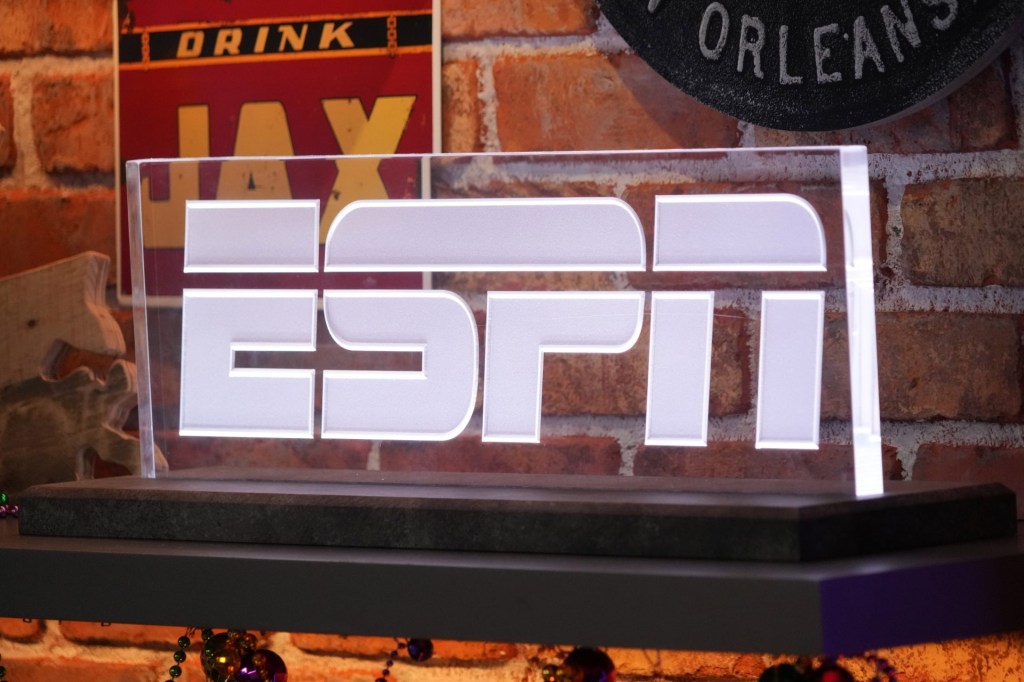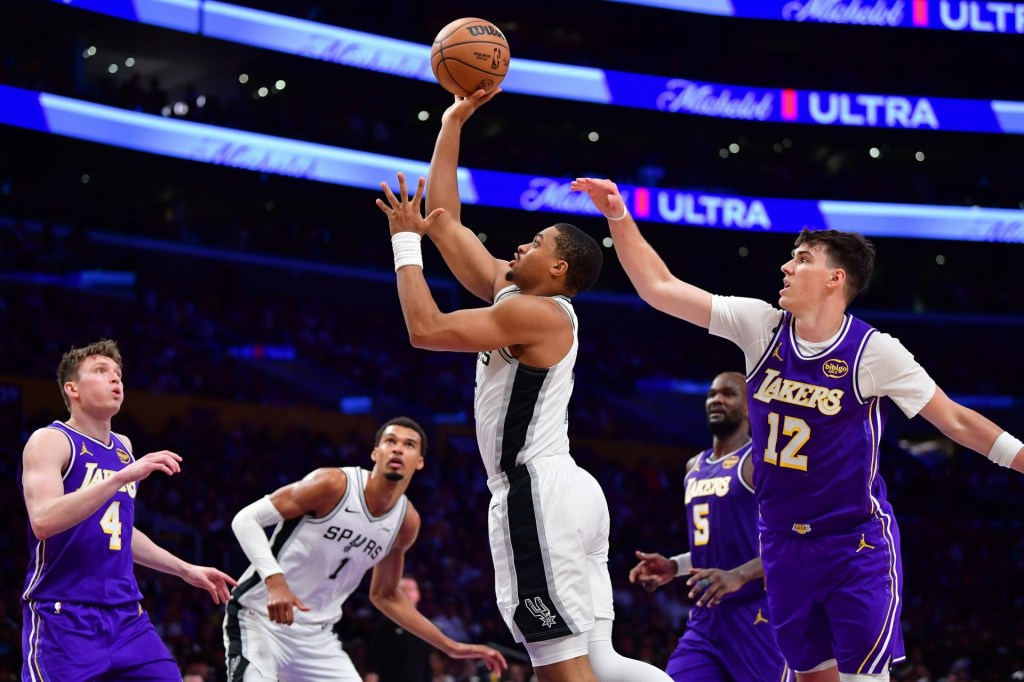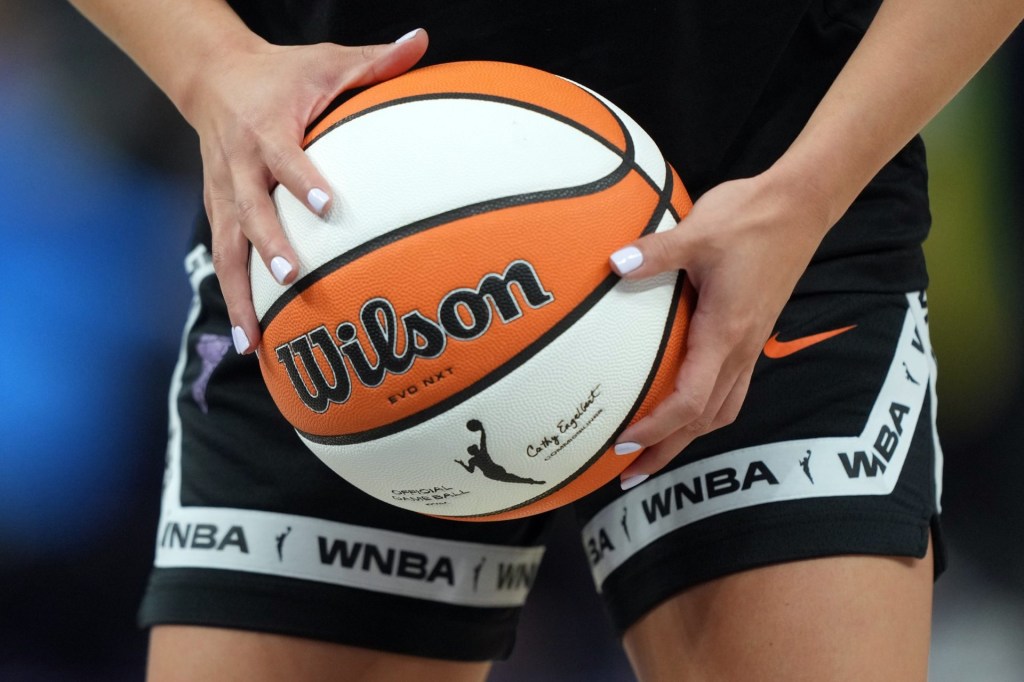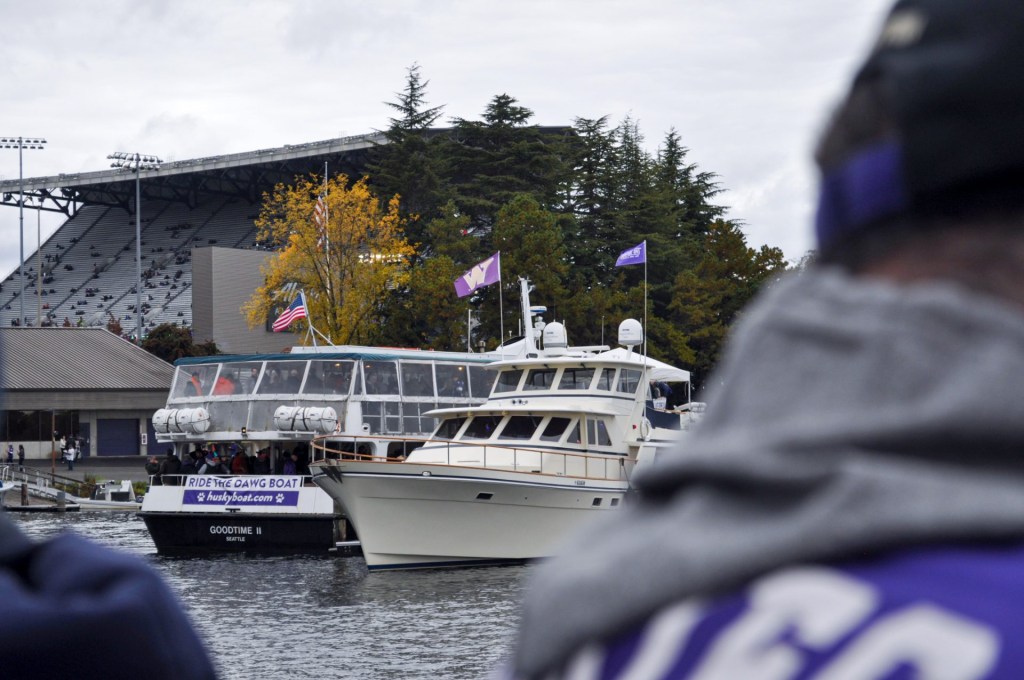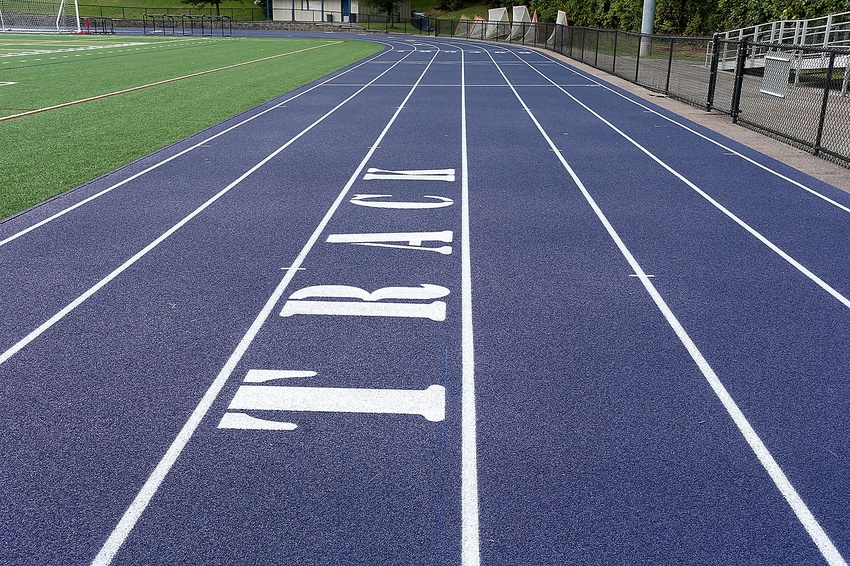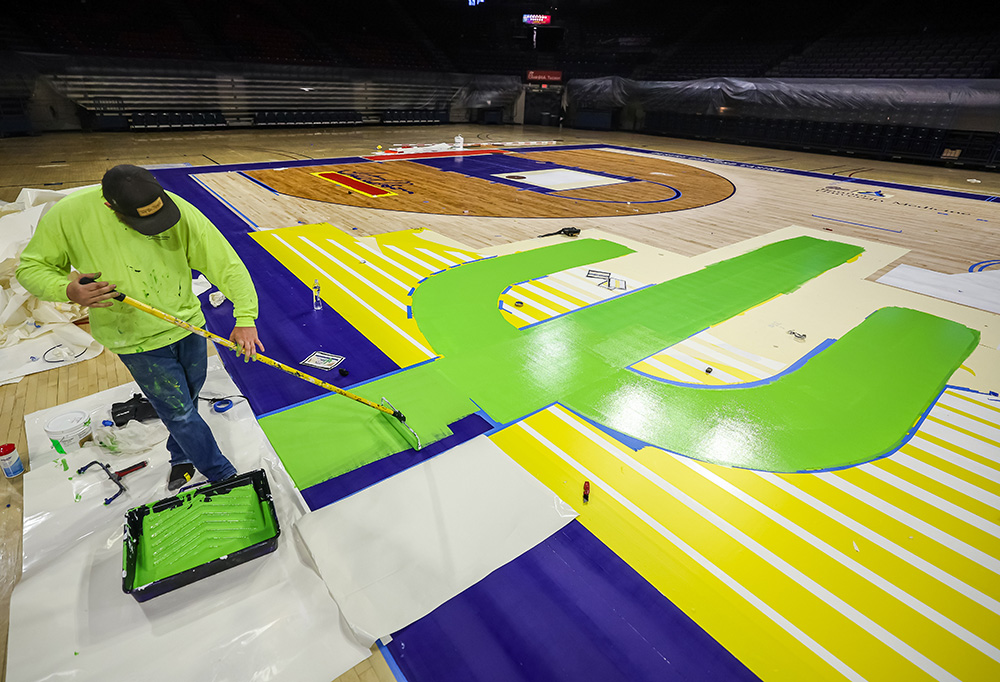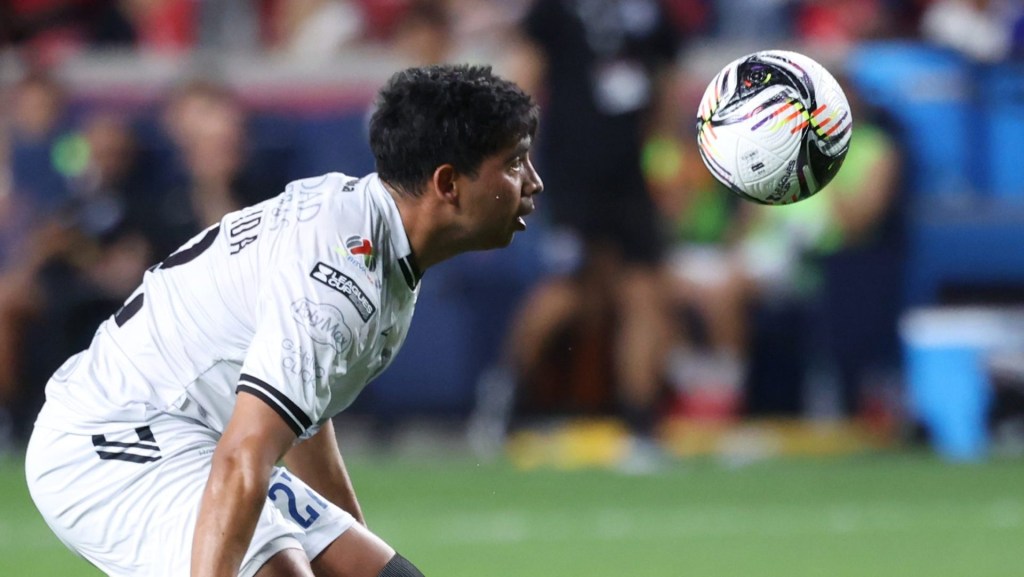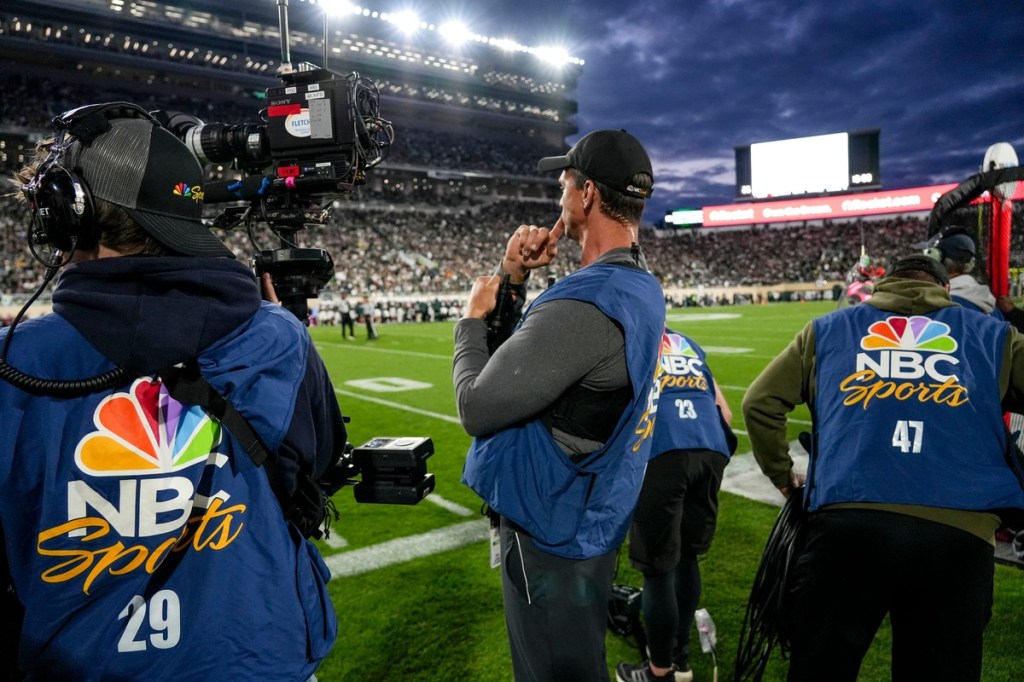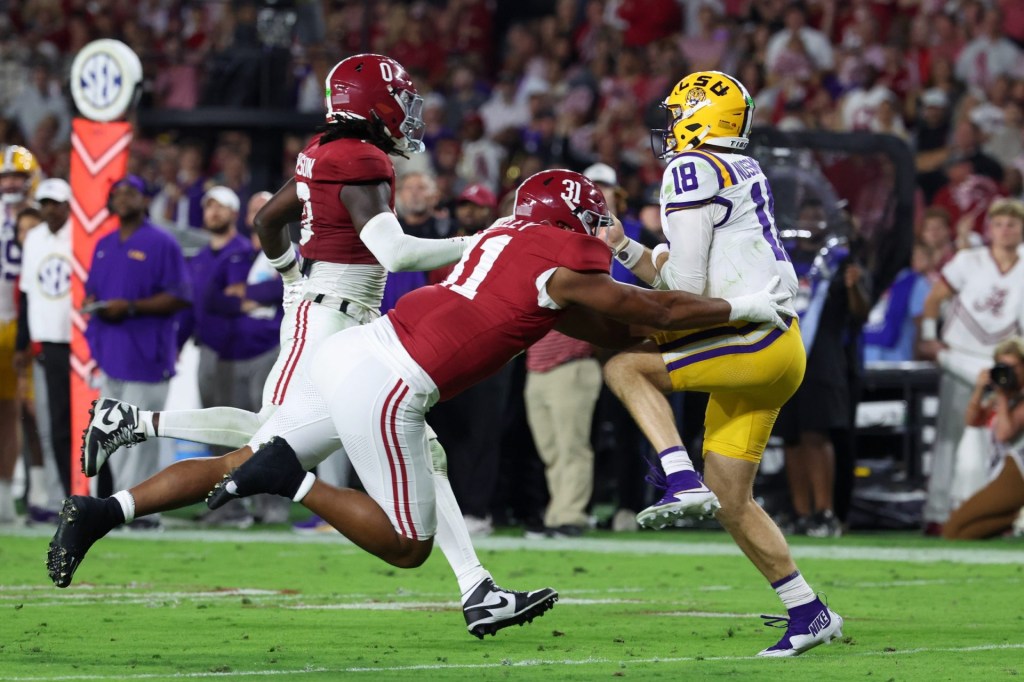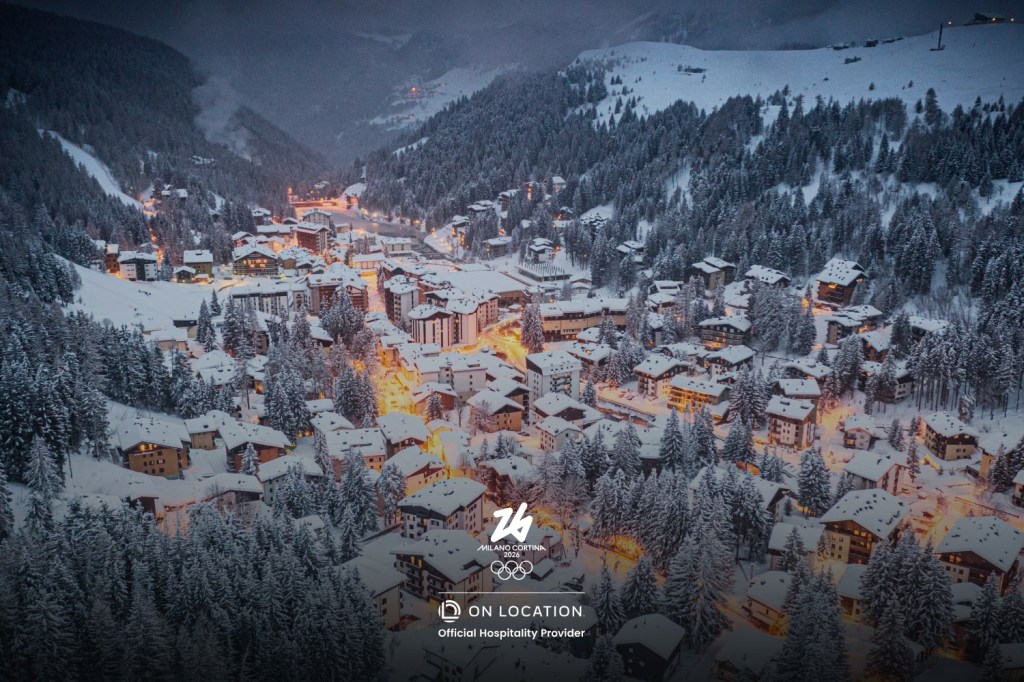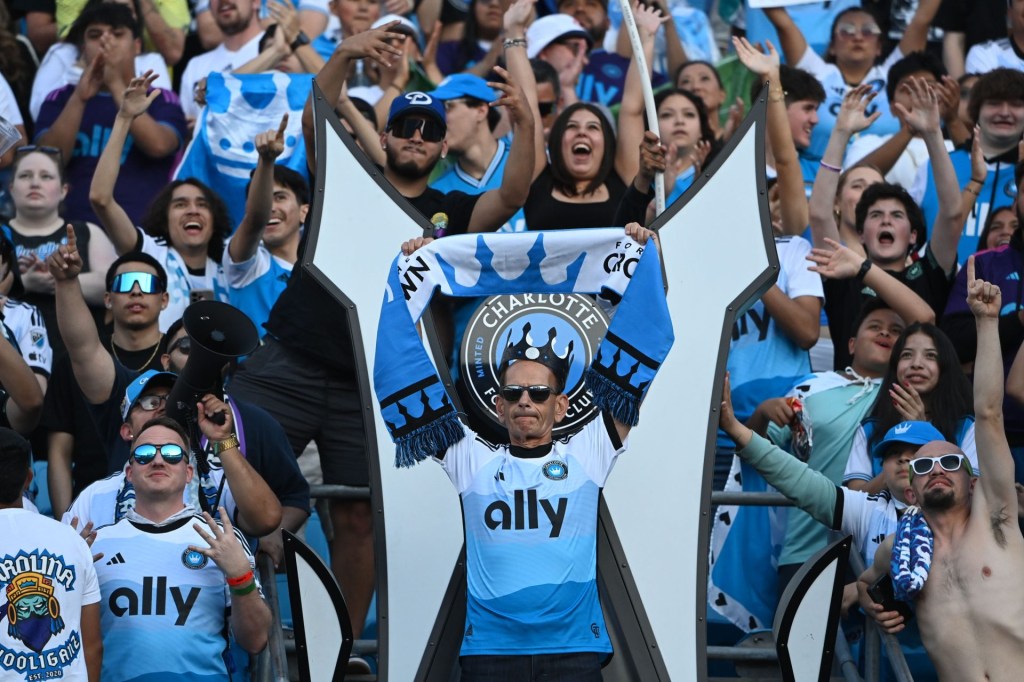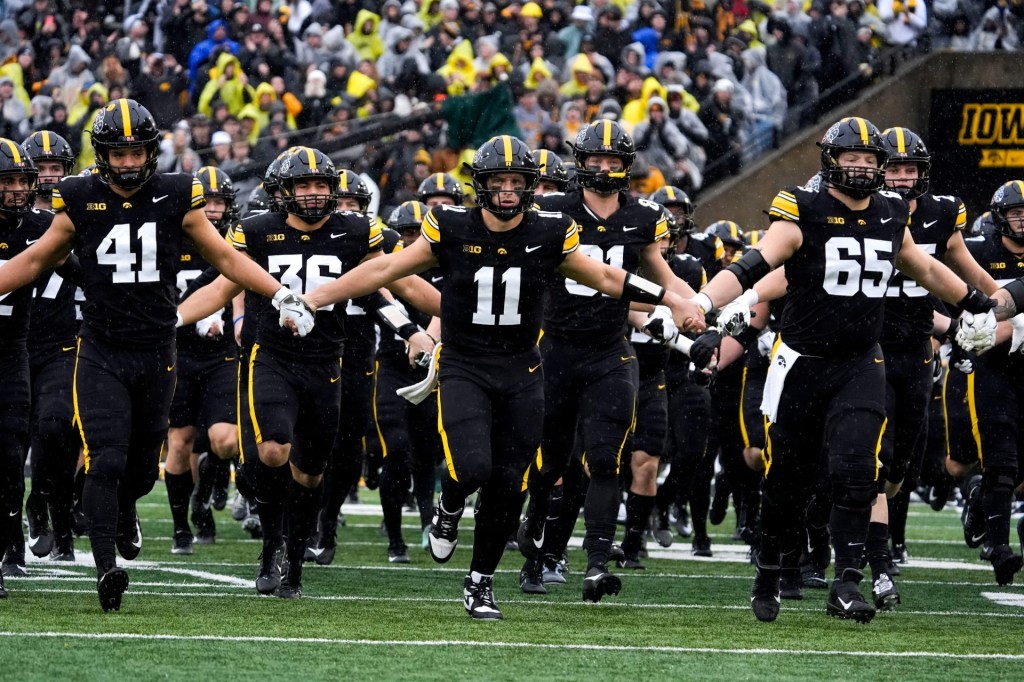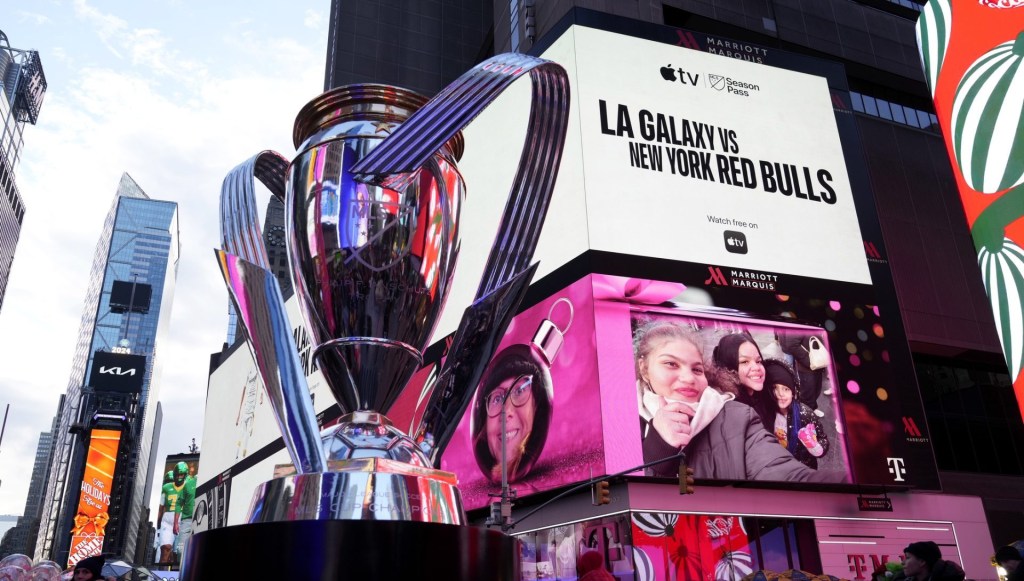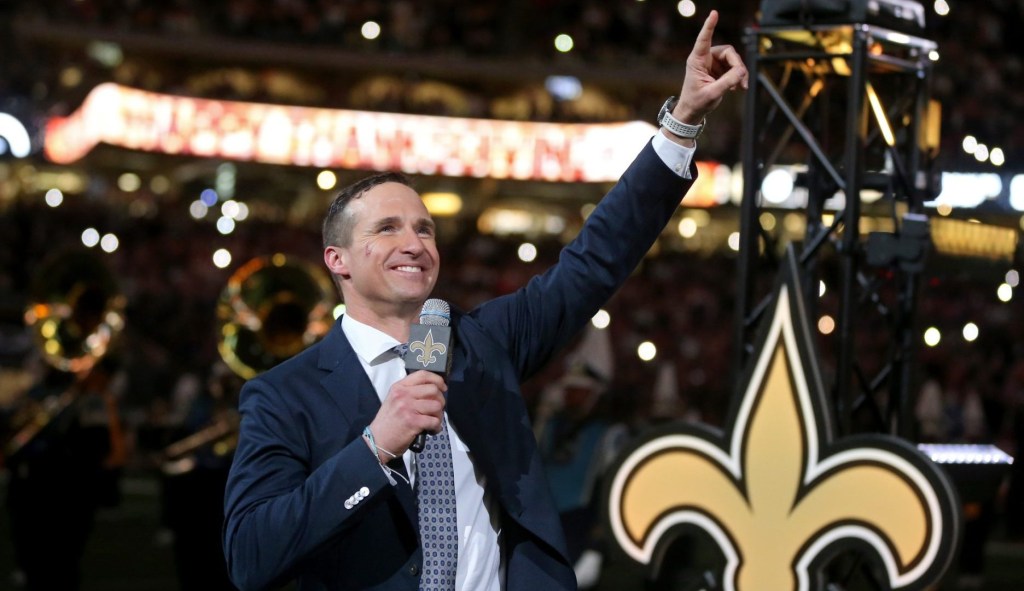Helio Castroneves didn’t need any more prompting than the year: 2007.
“The other day I was thinking about that and was like, ‘Son of a gun,’” Castroneves told Front Office Sports. “With the rain, we thought we had calculated perfectly. You remember those races.”
Castroneves finished second at that 2007 Indy 500 behind Dario Franchitti as the race—which had been paused for nearly three hours earlier in the day due to rain—was cut to 415 miles as rain drenched the famed 2.5-mile oval. Castroneves, already a two-time champ at the time, has won twice more since. He’ll start 20th this time around in the 33-car field as the Brazilian seeks a record fifth Indy 500 title.
While Indianapolis Motor Speedway has seen upgrades since the last race-day rain, the track still doesn’t have the lights needed to race at night. And IndyCars have rain tires for road and street courses, but those can’t be used on an oval where speeds top 220 miles per hour.
Rain is forecasted to fall even before the scheduled 12:45 p.m. ET start, with thunderstorms rolling throughout the afternoon.
“It is Indiana, so even though things may look a little dodgy at the moment, we’ll see how it goes,” IMS president Doug Boles said at a Wednesday news conference. “We will do everything we can to get the race in on Sunday.”
Boles said the track was dried earlier this month in 77 minutes. That means there will need to be at least about a three-hour window without rain to dry the track and race the minimum number of laps for an official race (100 laps).
As aggravating as the drivers may find the rain, it may have an even bigger impact off the track. Weather concerns could make the roughly 5,000 tickets left at the grandstand at IMS—which has 257,325 permanent seats—hard to sell. Asked about selling those tickets, Boles said, “The weather doesn’t help us.” A sellout means more than just bragging rights and some extra cash flow for Roger Penske, who owns both the track and IndyCar Series.
A sellout and/or reaching more than 330,000 fans—counting those who watch the festivities from the infield—could lead to the usual television blackout in the Indianapolis market being lifted.
The race has been shown live across the country consistently for decades, unless you lived in or near Indianapolis. Decades ago, the race didn’t air locally until weeks later; since 1986, residents have been able to watch about six hours after its conclusion. (The last two years, locals with Peacock have been able to stream the race live, but NBC’s technology has improved and the streaming service will be blacking out the race locally this year, according to The Washington Post.)
The blackouts have endured despite the NFL—thanks to a nudge from the Federal Communications Commission—ending its blackout policy nearly a decade ago.
“I know blackouts are more a thing of the past,” says driver/owner and longtime Indianapolis resident Ed Carpenter. “From the speedway standpoint I understand it because, in a way, it’s kind of part of the tradition. I think [opinions] are kind of split locally.”
There have been exceptions to the blackout rule, including the 100th running of the Indy 500 in 2016, as well as the pandemic-impacted races in ’20 and ’21, when the race was shown live everywhere.
But with IndyCar seeking a new broadcast-rights deal, lifting it could result in a meaningful ratings bump. Viewership in 2016, when it was shown live locally, drew in 361,000 viewers in Indianapolis—a 62% jump over the three-year average of the prior three Indy 500 telecasts that were shown on delay.
“Personally, I don’t think we should have a blackout,” says Graham Rahal, who will start from the 33rd and final slot in the grid in his 17th Indy 500. “It should be open. It will affect the ratings and we saw that with the viewership of the 100th Indy 500.”
